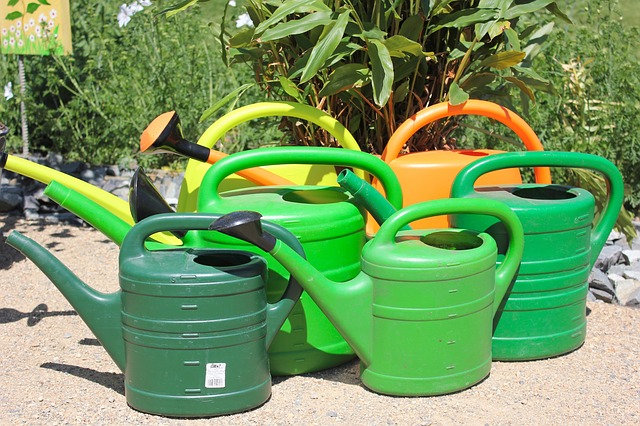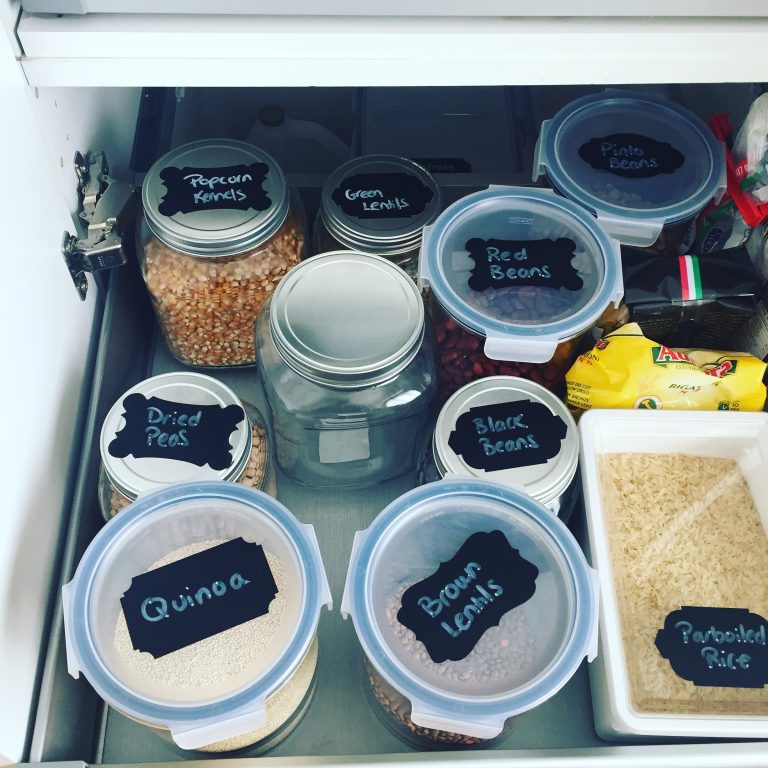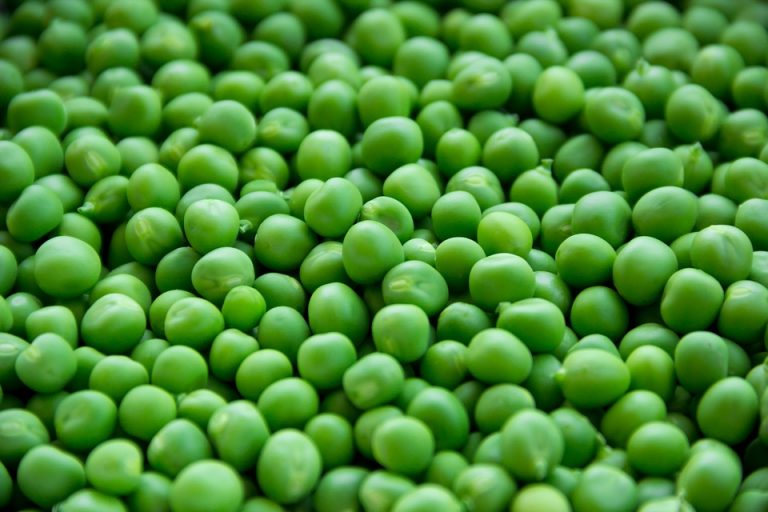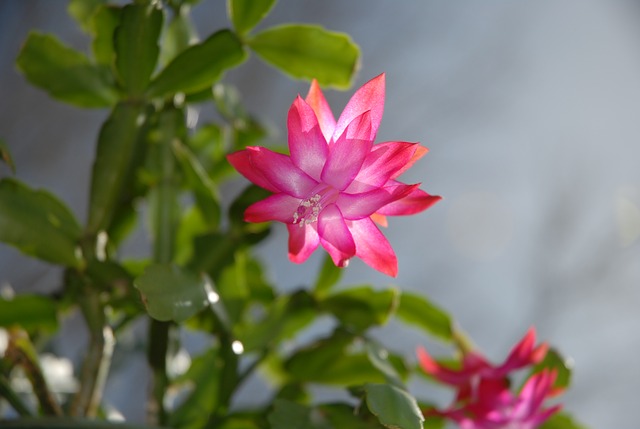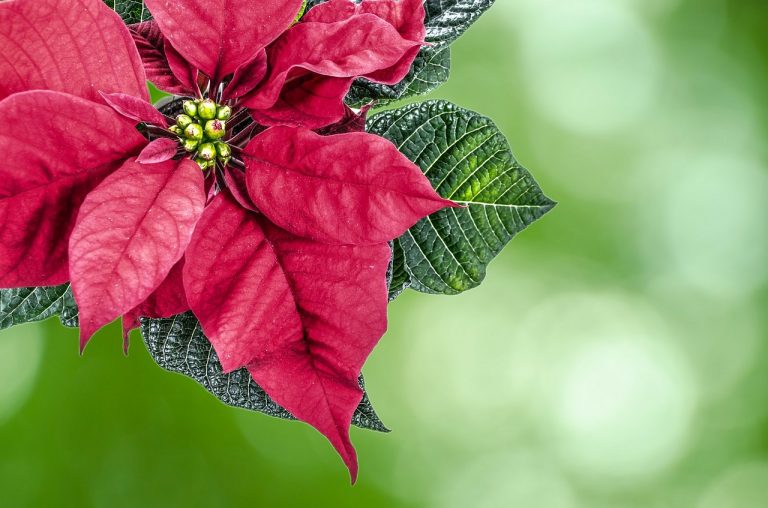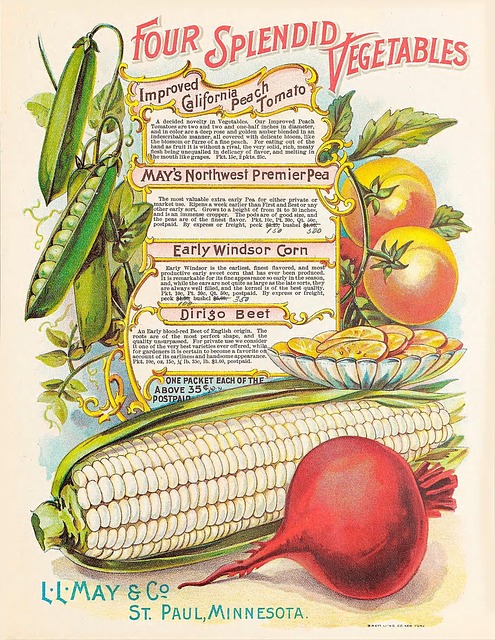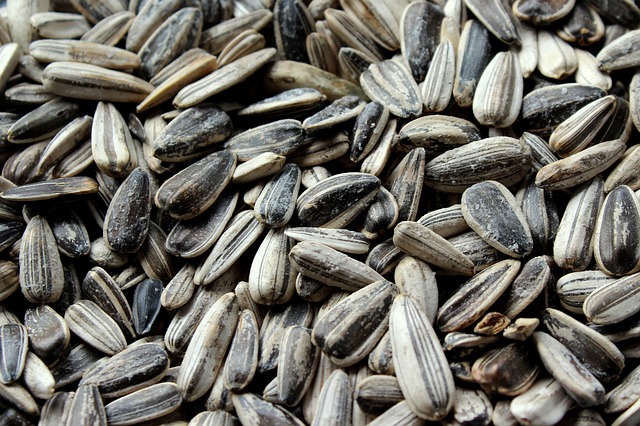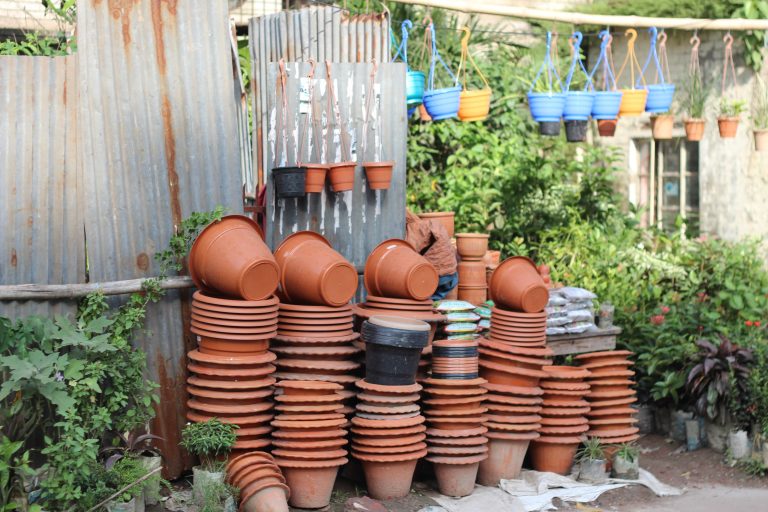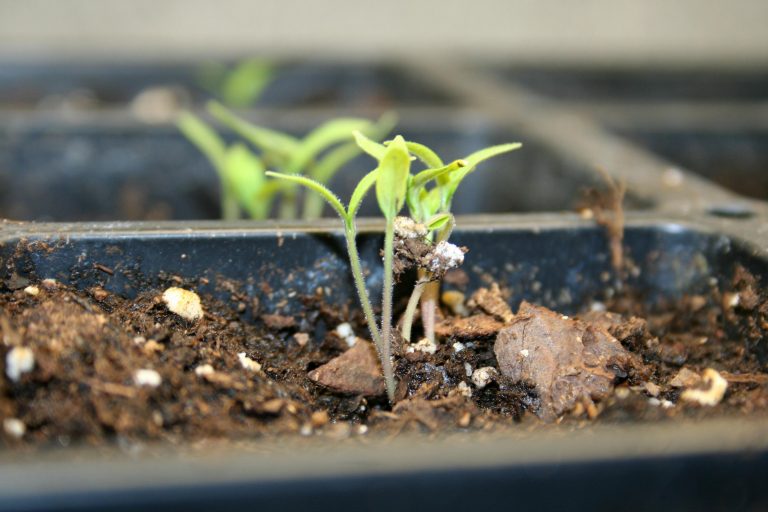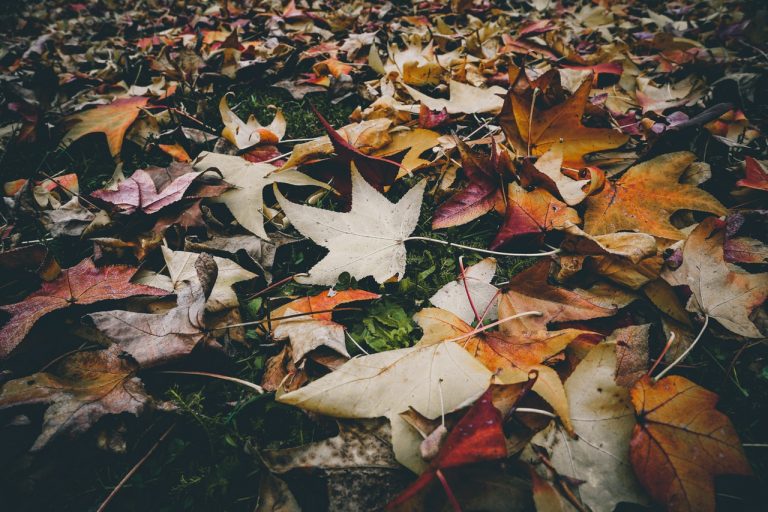Plants need water to survive. There’s no doubt about it. Moisture is a requirement throughout a plant’s lifecycle. Some are better at handling drought conditions than others, but seedlings are especially sensitive to significant fluctuations in moisture levels. Too much variation will stress your baby plants. Proper watering will produce sturdy seedlings and prevent loss….
Uncategorized
An Organized Pantry Makes All the Difference for the Frugal Gardener
You’re probably wondering why I’m talking about pantry organizing. Aren’t we here to talk about gardening? Of course, but being a successful frugal gardener takes more than just popping some seeds into a clump of dirt. I approach gardening much like I do my health. A holistic strategy is required for best results. Everything has…
A Frugal Side Dish Recipe for the Holidays
I wanted to share a simple, easy, inexpensive side dish recipe with you just before the holidays. I’m always disappointed how little vegetables end up on the table this time of year. We give all the glory to the main dish, but what about the humble vegetables? I think they’re a particularly important part of…
Another Plant to Look Out for This Season: The Christmas Cactus
Last week I talked a bit about poinsettias and why they’re a great plant to grab around the holiday season. This week, I thought of another easy-to-source plant that pops up around this time of year. The Christmas Cactus is a lovely tropical plant with succulent leaves and pretty flower buds that bloom right about…
Don’t Throw Out Your Poinsettia!
The holidays have arrived, and all I see everywhere are poinsettia plants. In fact, I’ve already been gifted one! It’s a lovely plant that brightens up a room with a bit of cheer. I find it odd, though, that we only see these pretty plants around December. You blink, and they’re gone. Every year, I…
Don’t Throw Out Those Seed Catalogs!
The seed catalogs are arriving! It’s like an early Christmas this time of year when I visit the mailbox and find a new catalog waiting for me. I am signed up to receive a bundle of them from various retailers. Even when I have plenty of seeds on hand for the next season, I love…
Properly Storing Seeds
At the end of the season, my seed packets are typically all in a jumble. In the spring, I start things off with the intention of being ultra-organized, but as the season progresses, I don’t always have a spare moment to store everything correctly. I’m constantly needing to access seeds during the growing season as…
Don’t Throw Those Pots Away!
The pre-winter cleanup continues. I got a jump on tidying things up in the garden when the weather forecast began calling for below zero temps, but there are still things to organize as the threat of a snowstorm looms nearer. It’s now time to clean up lingering potted plants that were happy with the cooler…
Why Prepping in Advance is so Important for the Frugal Gardener
I spent a significant chunk of my Friday afternoon cleaning out the furnace room in my home. In the past, it’s doubled as my grow room, the place where I start seedlings and pot up plants when the weather is less than ideal outside. In the past year or so, it’s also seemingly become our…
Gold in the Garden: Fallen Leaves
Get out your rake and get those leaves piled up because they’re not just a nuisance, they’re the perfect free tool for the frugal gardener. Enlist the help of a friend and collect all those leaves for use right in the garden. No need to buy bags to dispose of them! Ways to Use Raked…
